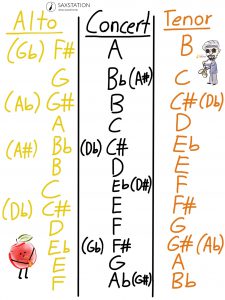I took lessons with Kris at Santa Clara University. Had known about her indirectly since she played in a saxophone quartet called the Nuclear Whales. Learned quite a few things from her. And if you get a chance, check her out live, based around San Jose.







